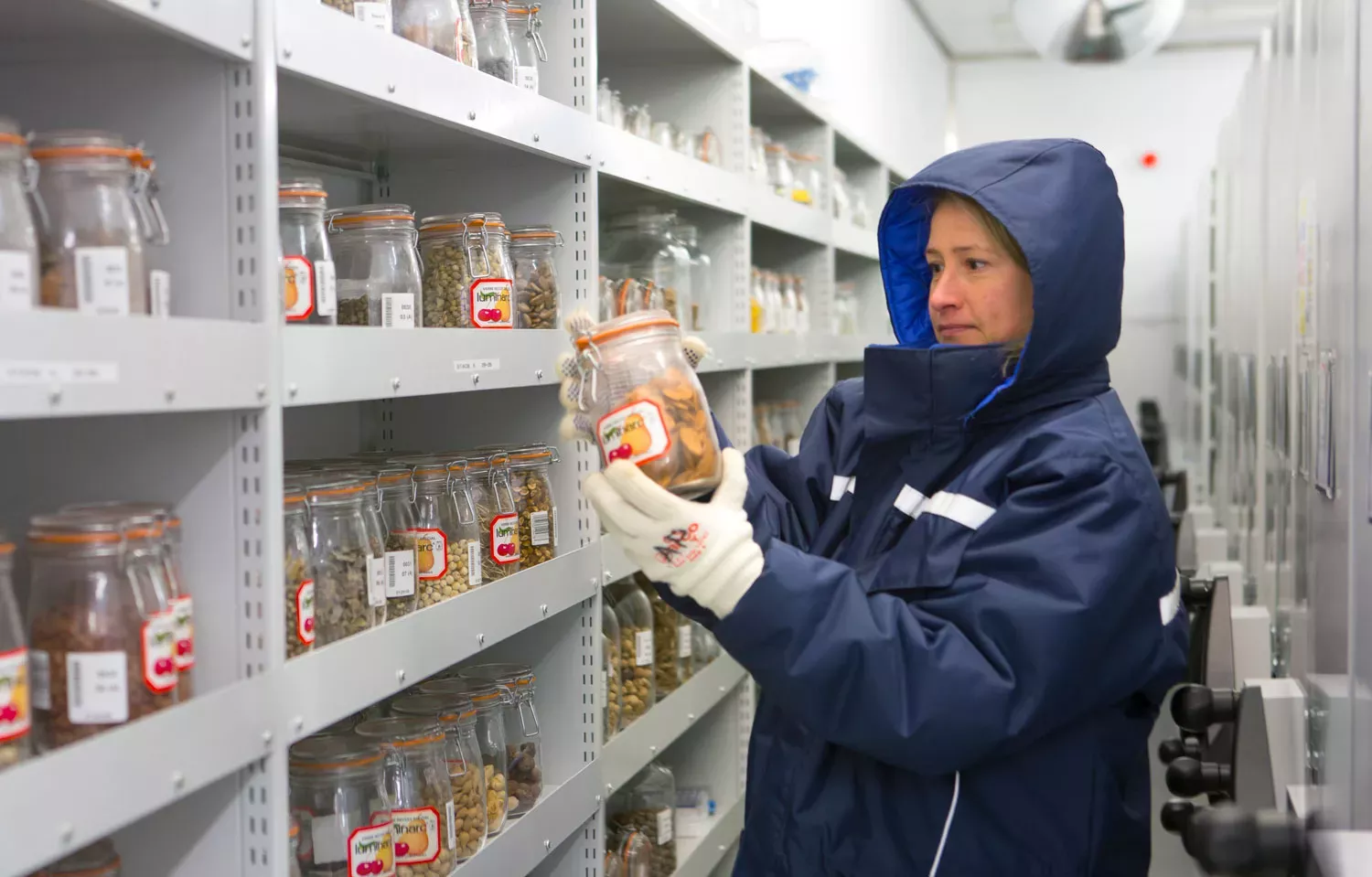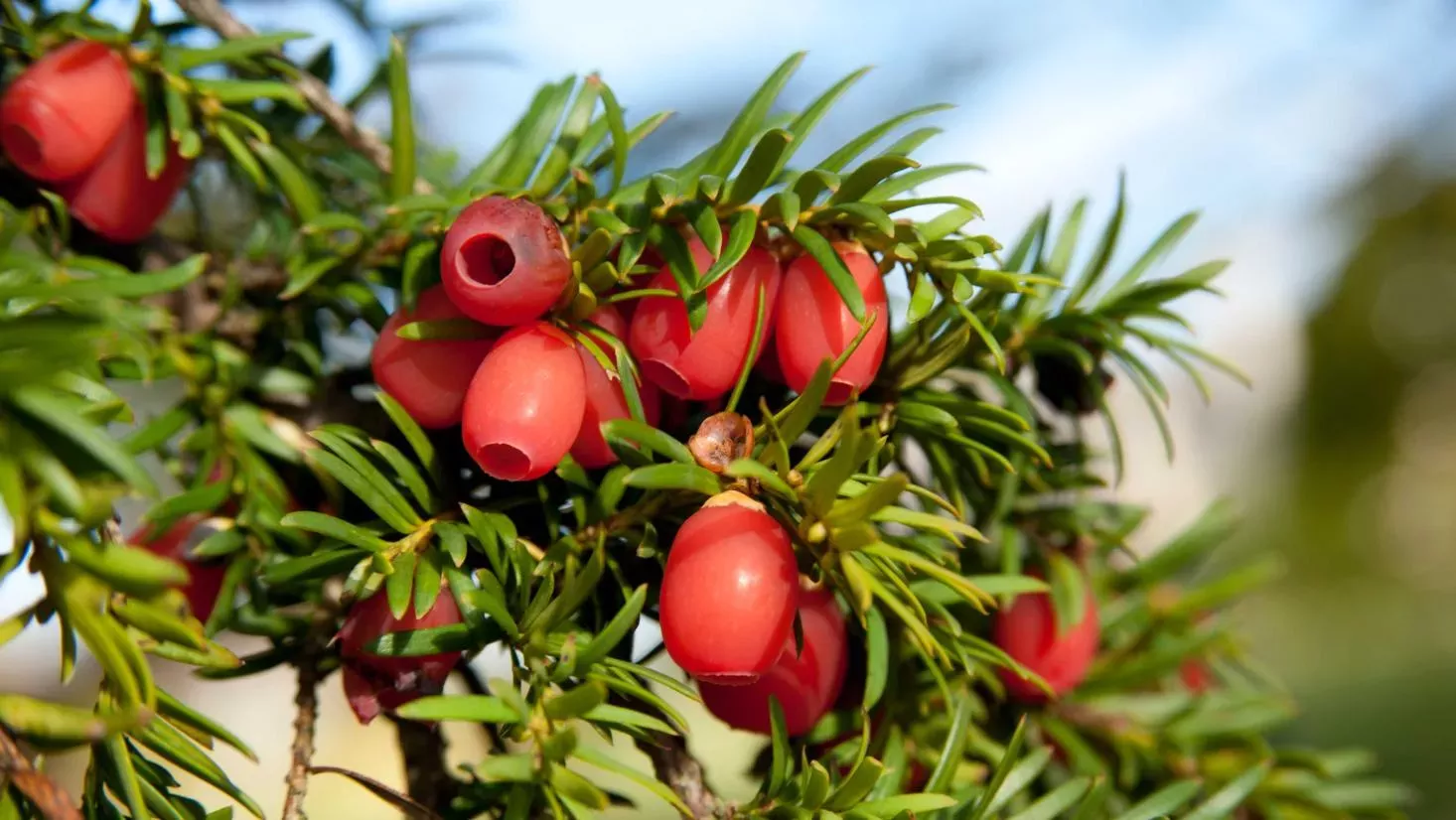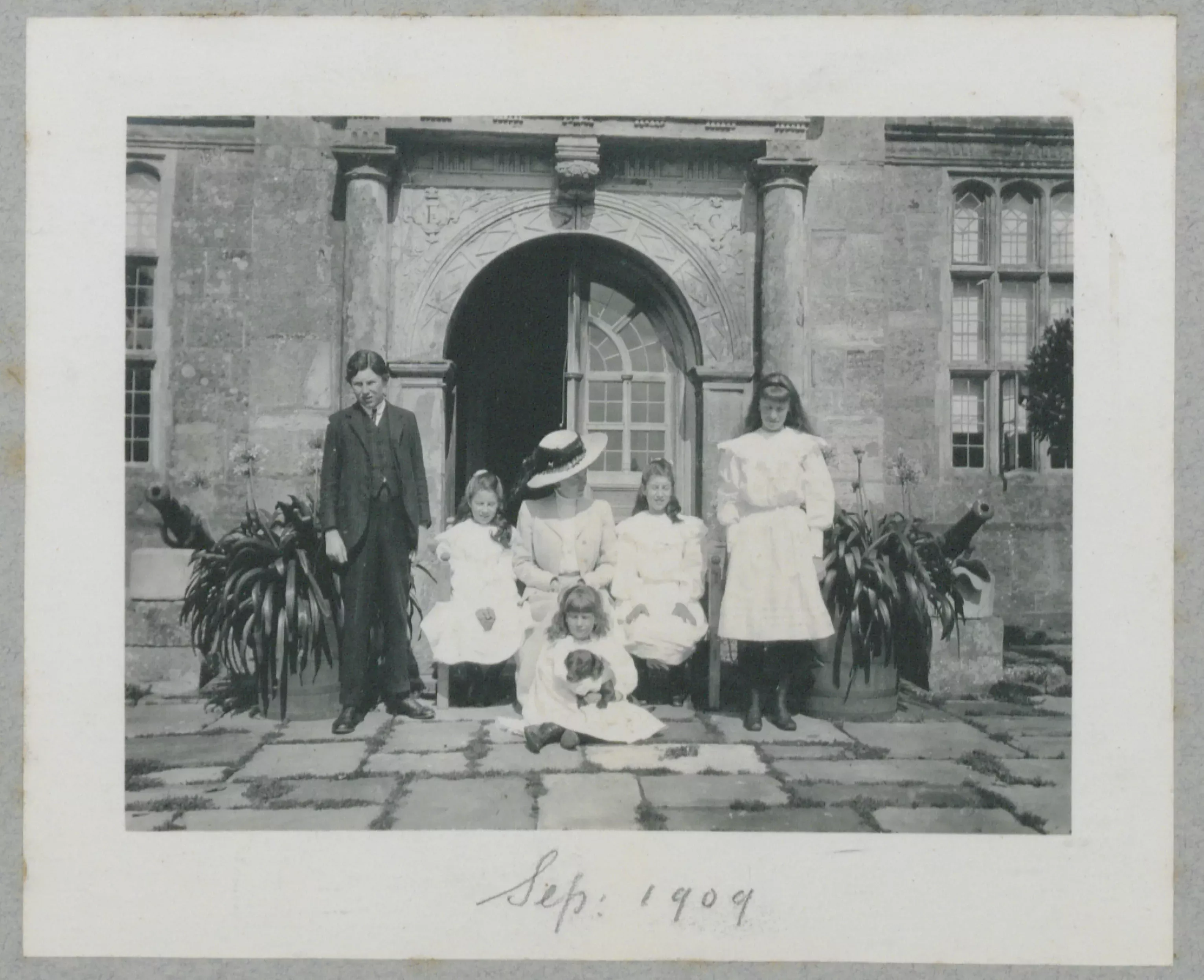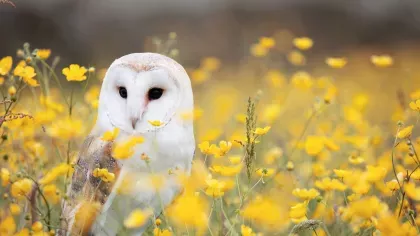23 April 2020
Things you didn’t know about Wakehurst
From a secret wartime bunker to a medieval yew tree, learn some amazing facts about our wild botanic garden.

A biodiverse treasure trove
It’s not Brazil or Indonesia that holds the crown for most biodiverse place on the planet. That title goes to Wakehurst, Sussex, thanks to our Millennium Seed Bank.
It's currently home to over 2.3 billion seeds of 40,000 different plant species.
That makes it the largest and most diverse wild plant species genetic resource in the world.

Hidden vaults
The vaults in our Millennium Seed Bank are flood, bomb and radiation proof.
Located deep underground with chambers at sub-zero temperatures (-20°C), seeds of endangered and useful plants from across the world are stored here.
With one in 5 plant species threatened with extinction, our seed banking is helping protect, conserve and research the world’s plants for the future.
The original Seed Bank
Though our pioneering Seed Bank may be a world-class facility today, it had very humble beginnings.
In 1976, we had the first modest seed-storing freezer installed in the Chapel at Wakehurst.

Wakehurst origins
Wakehurst’s name comes from the estate’s first owner William de Wakehurst who purchased the land all the way back in 1205.
The estate was just 40 acres in size – it now spans a massive 535 acres, making it bigger than its 300-acre sister garden at Kew.
The Mansion was originally built between 1571 and 1590, during the reign of Queen Elizabeth I, with local Ardingly sandstone.
Our oldest tree
The oldest tree in our gardens is a yew (Taxus baccata). Amazingly, it dates back to around 1391!
This golden oldie was dated by taking and analysing wood samples from its trunk and branches, and comparing these with trees of a known planting date.
Did you know? Yew berry seeds are poisonous to humans and most mammals, but the tree's leaves and twigs are used to produce cancer treatments.

Wartime secrets
Wakehurst played an important role during World War II.
The Canadian army occupied the Mansion in the 1940s, with officers enjoying the comforts of the house, while other ranks set up camp on the lawns.
But hidden in the gardens was also a secret underground radio station with an escape pod. Its radio aerials were channelled into the bark of three nearby trees (remnants of these wires still remain on site today).
This wartime bunker was used as part of a top-secret communications network to send coded intelligence information in the event of a German invasion. It was such a covert operation, the station had no connection to the commandeered Mansion.
It is likely nine female officers from the Auxiliary Territorial Service (ATS) manned the relay station in shifts.
In 1944, the station was decommissioned, emptied and the entrance was sealed shut.
Tallest Christmas tree in UK
Our botanic garden is home to the tallest living Christmas tree in the UK.
Our giant sequoia (Sequoiadendron giganteum) is 36 metres tall and lit with over 1,800 energy-saving bulbs for our winter lantern trail Glow Wild.
Watch us complete the mammoth task in the video below…
Giant offspring
Speaking of giants, one of our giant sequoias (Sequoiadendron giganteum) in Horsebridge Wood was grown from seed collected off the General Grant tree in California – the second largest tree in the world.
National Collections
We have National Collections of many plant species here at Wakehurst, including birch (Betula), southern beech (Nothofagus), Skimmia, St John’s Wort (Hypericum), Eucryphia spp. and primary hybrids hardy in Southern England.
The aim of these important Collections is to conserve, grow, propagate and document plant groups in trust for the future.

The other Wakehurst
Though our Elizabethan Mansion is iconic, it’s not completely unique. A replica exists in Newport, Rhode Island, in the USA.
American sportsman and politician James J. Van Alen was given permission to use plans of the Sussex Wakehurst by Lady Downshire, the estate’s owner at the time.
Completed in 1887 and costing the equivalent of £15 million today, the American estate is now a student building for Salve Regina University.

Birth of the botanic garden
In 1903, Gerald Loder bought the Wakehurst estate.
He was MP for Brighton, Director of Southern Rail, President of the Royal Horticultural Society (RHS) and became Lord Wakehurst.
His passion for plants led to the transformation of the grounds into a botanic collection and his sponsoring of many plant expeditions.
Our Loder Valley Nature Reserve is named after him.

Important plants
Our gardens are home to many rare and wonderful plants.
Wollemi pines (Wollemia nobilis) were believed to be extinct for two million years until a group of researchers discovered the species growing in the Australian Blue Mountains in 1994.
These trees were propagated and distributed to botanic gardens around the world. In our Coates Wood, we have 15 of the first ever Wollemi pines introduced to the UK.
We have over 100 threatened species of Rhododendron in our collections, including Rhododendron mallotum, Rhododendron barbatum X arboretum, and Rhododendron meddianum.
Tunbridge filmy fern (Hymenophyllum tunbrigense) is a tiny, delicate and rare fern with membranous, translucent fronds that are only 2-10 cm long. This species grows in an area of our gardens with Site of Special Scientific Interest (SSSI) status.

Dormouse duty
Scattered across our 150-acre wildlife haven, the Loder Valley Nature Reserve, are more than 270 nesting boxes for native hazel dormice.
As part of the National Dormouse Monitoring Programme (NDMP) to help the conservation of this adorable endangered species, our wardens check these boxes and record the sex, weight, breeding condition and number of young of each dormouse.
Our beautiful reserve is also home to badgers, foxes, kingfishers, owls, butterflies and many more wild species.

National Trust to Kew
The last private owner of Wakehurst, Sir Henry Price, bequeathed the estate to the National Trust in 1963.
Two years later, the Trust leased the estate to Royal Botanic Gardens, Kew.
Wakehurst became Kew’s wild botanic garden, offering an exciting opportunity to use different soil types, diverse landscape and topography compared to our London site.
Sheep and cow holiday
We invite some four-legged friends to help us out during the winter season.
Hebridean sheep and Riggit Galloway cattle from Ashdown Forest come and help manage our land and delicate ecosystem.
As they eat the herb-rich grass in our fields, their soft hooves tread the seed into the soil and open up the grassland to expose the soil and allow light in.

Stag on the tree
Deep in our Pinetum, there’s a surprising addition to one of the conifer trees.
A sika deer stag carving is engraved in the trunk of a Japanese cedar (Cryptomeria japonica), by artist Masa Suzuki.
In the traditional Japanese style of carving, known as Tachigi-bori, the bark is allowed to slowly grow back over the engraving to reflect the passing of time.
The Great Storm
In 1987, the Great Storm caused devastation to Wakehurst.
Around 5,000 trees were lost in the garden areas and around 20,000 across the whole estate.

Hives and honey
Did you know, we make our own Wakehurst honey from bees that live on site? This tasty produce then goes on sale in our gift shop.
Our hives, cared for by our horticultural staff, are located in our Pollination Garden by the Water Gardens.
This buzzing garden was created as part of a project to breed disease-resistant honeybees, study the impact of stress factors and bee pests and pathogens.
.jpg.webp?itok=OzIVvWoH)
.jpg.webp?itok=82idE9Th)

